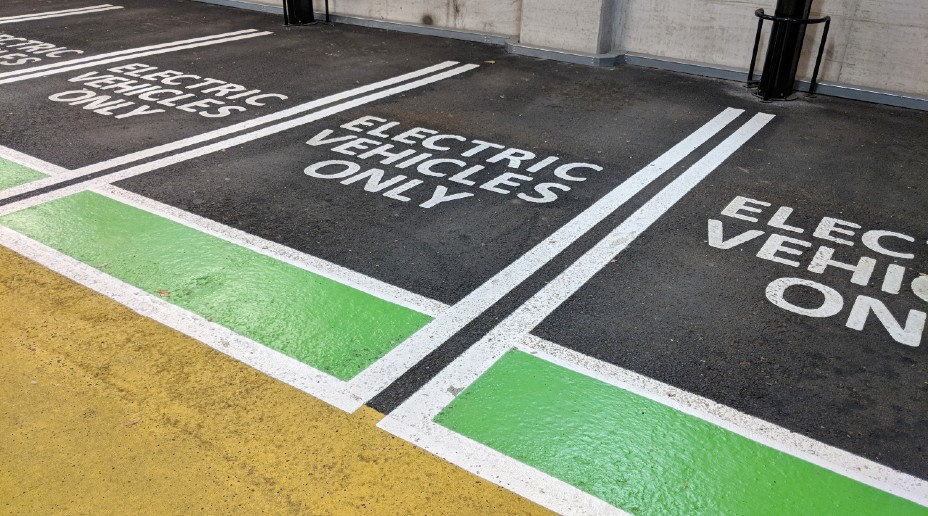“You had to have been hiding in a cave for the last few months not to have yet noticed that the price of parts, of labour, of utility and energy supply are all increasing.” Says Nick Hobbs, chief distribution and regions officer. “Inflation is at its highest level for thirty years and, within that, material prices are the highest they have been for over forty years.
Given that context, index linking for residential and commercial buildings has never been more relevant. Either that or regular and disciplined sums insured reviews. Buildings need to be insured for the correct amount if the client is to avoid underinsurance and the potential for an ensuing claim shortfall, existential business threat and difficult conversation with their broker partners.”

Current influences on inflation
There are multiple reasons for the current high rate of inflation, inevitably related to the dual impact of Brexit and the pandemic. Inflationary pressures on materials and labour have continued to increase costs throughout the post pandemic period, which causes significant industry issues and has an impact on claims inflation. The economy is now reopening with consumers spending the money they couldn’t during the lockdown restrictions, resulting in demand outstripping supply across many areas. The rising cost of materials and stock coupled with global supply chain challenges has further compounded the issue.
Below we look at some key areas influencing inflation.
Materials and parts
2 Further, the price of some imported timber rose by 23% between June and July 2021.3 Long lead times have compounded the issue, due in part to Covid-19 and Brexit related supply chain delays.

Construction materials costs have reached their highest for 40 years (Royal Institute of Chartered Surveyors)

Labour and skill shortages

Rate of inflation

What's the reason for index linking?
Index linking is applied by insurers to ensure that an asset’s insured value is adjusted in line with changes in inflation, deflation and the cost of living. It’s commonly used in buildings insurance to calculate the difference between the sum insured and a property’s rebuild value. However index linking is not limited to buildings. Changes and developments in the macroeconomic environment can affect the value of other assets, such as stock, materials and parts, as mentioned earlier in this article.
Insurers use various indices to calculate index linking, including the Consumer Price Index (CPI) and Retail Price Index (RPI). For both residential and commercial buildings insurance many insurers refer to information provided by the Building Cost Information Service (BCIS), which operates under the Royal Institute of Chartered Surveyors (RICS). The BCIS uses a number of factors in their calculations including the cost of labour, materials and professional fees.
Index linking is undertaken to protect against the risk of underinsurance, where a policyholder may find they are responsible for a percentage of the total loss due to their asset not being insured for its full value. By applying index linking, the sum insured is automatically updated (usually increased) in line with economic changes when the policy renews. Whilst the policyholder will only see a price change at renewal, most policies are index linked on a monthly basis.
Underinsurance and the 'average' clause
Allianz reviews showed that almost 50% of policies had a buildings sum insured that was less than 80% of the rebuilding estimate.

The importance of the right valuation
Customers should be aware of obtaining the right type of valuation for property insurance purposes.
Insurers require a reinstatement cost valuation by a RICS qualified valuer for insurance purposes, which calculates the cost of rebuilding a premises from the ground up should it be destroyed (e.g. by a fire). This is different from a market valuation which represents the likely amount a building would sell for on the market at the time the valuation is made. Similarly a mortgage valuation is not an eligible valuation for insurance purposes since this is conducted by mortgage lenders to check that the property will be suitable security for the loan applied for and generally they specifically state it is not suitable for insurance purposes.
A reinstatement cost valuation should be carried out by a professional, whether in person or as a desktop valuation assessment; the latter is completed using information which is publicly available, plus any data the surveyor may already have regarding the premises and/or area.
Ways to avoid underinsurance
Some recommended measures for customers include:
- using brokers who are ideally placed to provide advice and guidance to their customers on the risk of underinsurance
- regularly reviewing their sums insured
- ensuring their declared values to insurers are index linked annually; however it's not recommended to rely on index linking alone, because the index used represents an average so may not be reflective of increases required on all buildings. This can vary depending on the nature of construction materials and/or specialist labout requirements
- considering re-evaluations of all their insured property, compiled by a professional member of the Royal Institute of Chartered Surveyors (RICS) or some other suitable valuer as agreed by the insurer, at no more than three year intervals
- discussing with their broker the possibility of extending their policy coverage to waive the insurer’s condition of Average. It’s important to note that where an insurer agrees to this, they’re likely to require a professional valuation of all property insured at regular intervals to be agreed with the insurer
- considering whether a desktop valuation may be possible. Some insurers, including Allianz Insurance plc, will now consider desktop valuation surveys
- considering taking out a longer indemnity period, taking into account all external economic factors and current influences on inflation which could delay the repair, reinstatement or rebuild of their property
- ensuring non recoverable VAT is included in any Buildings Declared Value(s) declared to the insurer.
Summary
Follow us
1 Office for National Statistics. Consumer price inflation, UK : December 2021
4 CIPD. Labour Market Outlook. Labour Market Outlook: Autumn 2021 (cipd.co.uk) p7.
5 CITB. Migration and Construction 2021. p3.



























